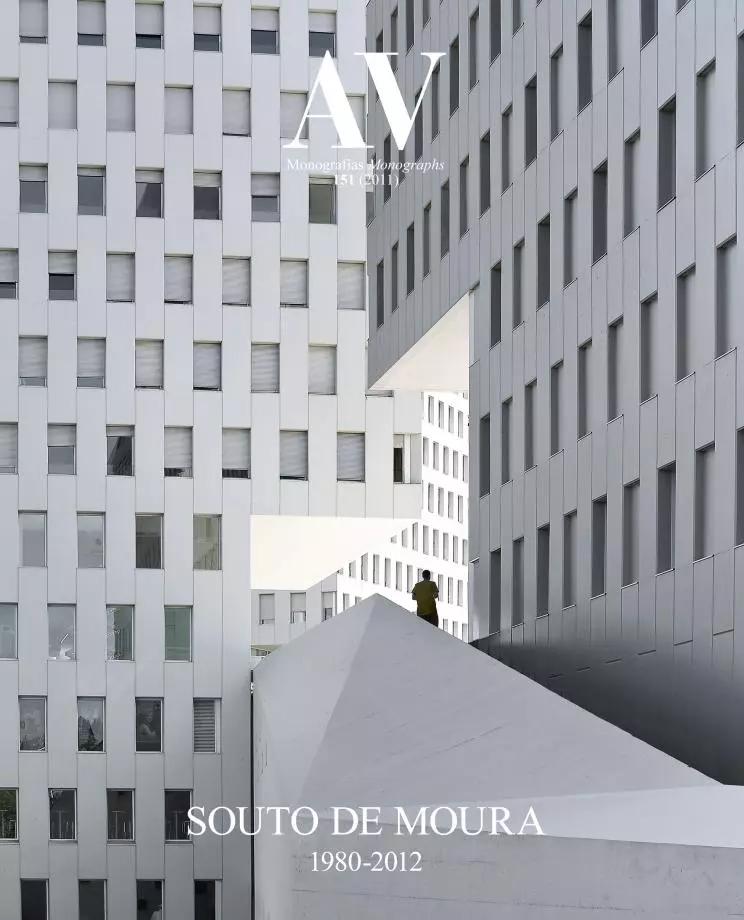The Knights Move

Anonymous architecture is a theme that interests me greatly, as does industrial architecture, for they are works with no direct message, capable of creating very beautiful atmospheres, personages that do not speak but make themselves understood perfectly, without an author and without intentionality. They express themselves but not at the behest of an architect. In anonymous architecture, in villages, in the mountains, people build things and only later intervene with signs: they make a door to enter, a window to let in light, a roof to provide shelter; they put the fireplace inside for warmth, and the form is a function of the topography. Five operations that do not intentionally contain a message for humanity. Then they intervene with pictorial symbols; crosses, frames, divine images, which still do not contain direct messages. Only subsequent intervention in the situation will be deliberately communicative. It is a question of discipline: I want to learn from anonymous architecture because in it the relations between topography, typology and morphology are very logical. This is also true of industrial architecture... The architect, without false modesty, has to confine himself to making a thing without pretending that it is art. This is what interests me about anonymous architecture. (Eduardo Souto de Moura in an interview with Monical Daniele, 2002.)
All architecture is enigmatic and the work of Souto de Moura seems to be doubly so, even if his approach to the task of building is often exceptionally direct. Perhaps the first thing to be noted about his work, at least during his initial career, is its particularly sensitive attitude towards stone, as though this primordial material incorporated, in itself, the irreducible essence of his architecture. Needless to say, this is not just any stone but the stone of the Portuguese vernacular as this appears in the canonical study Arquitectura Popular em Portugal, first published in 1961. Traditional stonework plays a seminal role in Souto de Moura’s first civic work, his Braga Market, dating from 1980. Here, stone first emerges from the site by virtue of incepting the walls of a pre-existing stone construction, much like the ruins that asserted their presence against the regular terraces of Álvaro Siza’s São Victor housing of 1974 on which Souto de Moura worked as an assistant...





